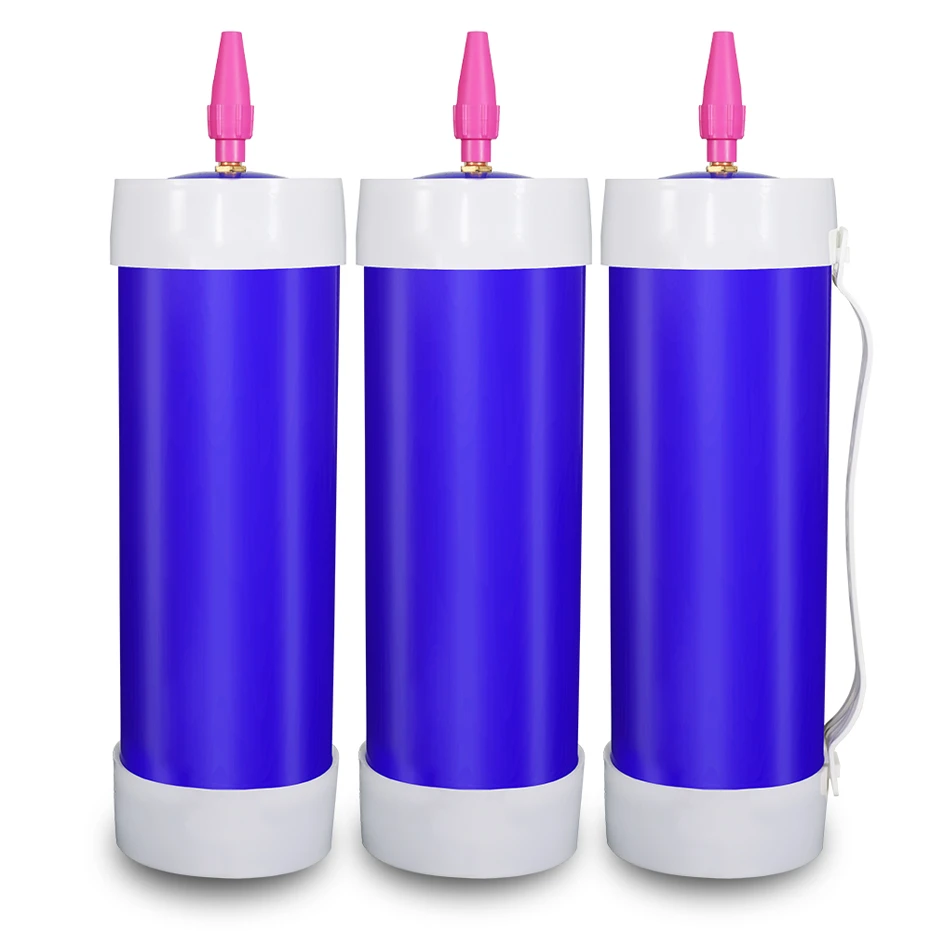
Whipped Cream Chargers vs. Hand Whisking: What’s the Difference? When it comes to making perfect whipped cream, knowing your options can level up your cooking game. At Best Whip we get asked all the time about the difference between using whipped cream chargers and hand whisking. Here are some of the main differences and benefits of using a whip cream charger vs manual hand whisking. What is a Whip Cream Charger? Whipped cream chargers are little canisters pre-filled with nitrous oxide gas (N2O), and come along with a whipped cream dispenser . Once the N2O charger is pierced, the N2O gas mixes with the cream to produce microbubbles that create light, fluffy whipped cream. These whip cream chargers and dispensers been very popular in professional kitchens and at home due to its convenience, speed, and consistency. Benefits of Whipped Cream Chargers The main benefit of using whipped cream chargers is speed. With a simple press of the lever, you can make perfect whipped cream in seconds. The N2O in the chargers not only aerates the cream but also stabilizes it so the whipped cream will last longer. This makes them perfect for large events or busy restaurant services where speed and consistency are key. Another advantage is the texture. Whipped cream made with chargers is generally smoother and has more volume, which is perfect for desserts, beverages, or gourmet dishes. With whipped cream chargers you don’t have to exert physical effort, unlike with hand whisking. Hand Whisking Hand whisking is the traditional method of whipping cream manually with a whisk or hand mixer. While this can produce good whipped cream, it takes time and effort. Achieving a consistent texture with hand whisking can be tricky especially for beginners or when making large quantities. Hand whisking gives you control over the consistency but it comes with a trade-off: it takes longer and won’t produce the same volume or stability as whipped cream chargers. For those who want an arm workout or are looking to experiment with different textures, hand whisking can be fun. The Comparison Time, effort, and uniformity are the major differences between using a whipped cream charger and whisking by hand. Whipped cream chargers make it quite easy to make perfect whipped cream in some seconds with minimal effort involved. Hand whisking is a bit jolting; it may give variable results. For those cooking at home and even professionally, the whipped cream charger is a good investment. They save time, give consistent results, and are smoothened with more stability, compared to whisking by hand. The addition of N2O to it also adds a level of luxury in the process, which is great for anyone serious about their cooking. Why Whipped Cream Chargers? Whipped cream chargers mean convenience and quality at once. With minimal effort, you can make beautiful fluffy whipped cream to top any dessert or beverage. The benefits of using N2O filled chargers far outweigh the hassle of hand whisking, especially when time and consistency are a factor. At Happy Whip we have high quality whipped cream chargers and dispensers for you, whether you’re a professional chef or a home cook. Browse now and find what you need for your kitchen.
